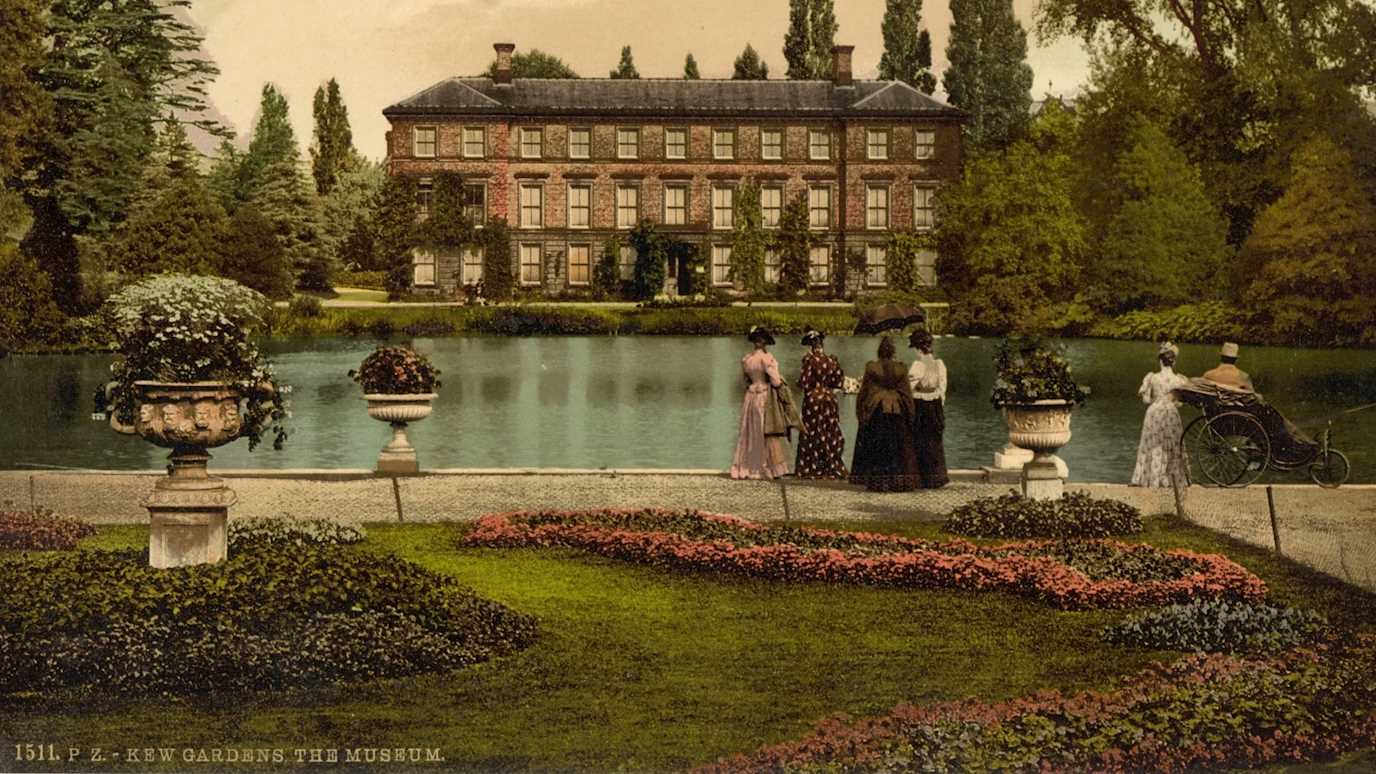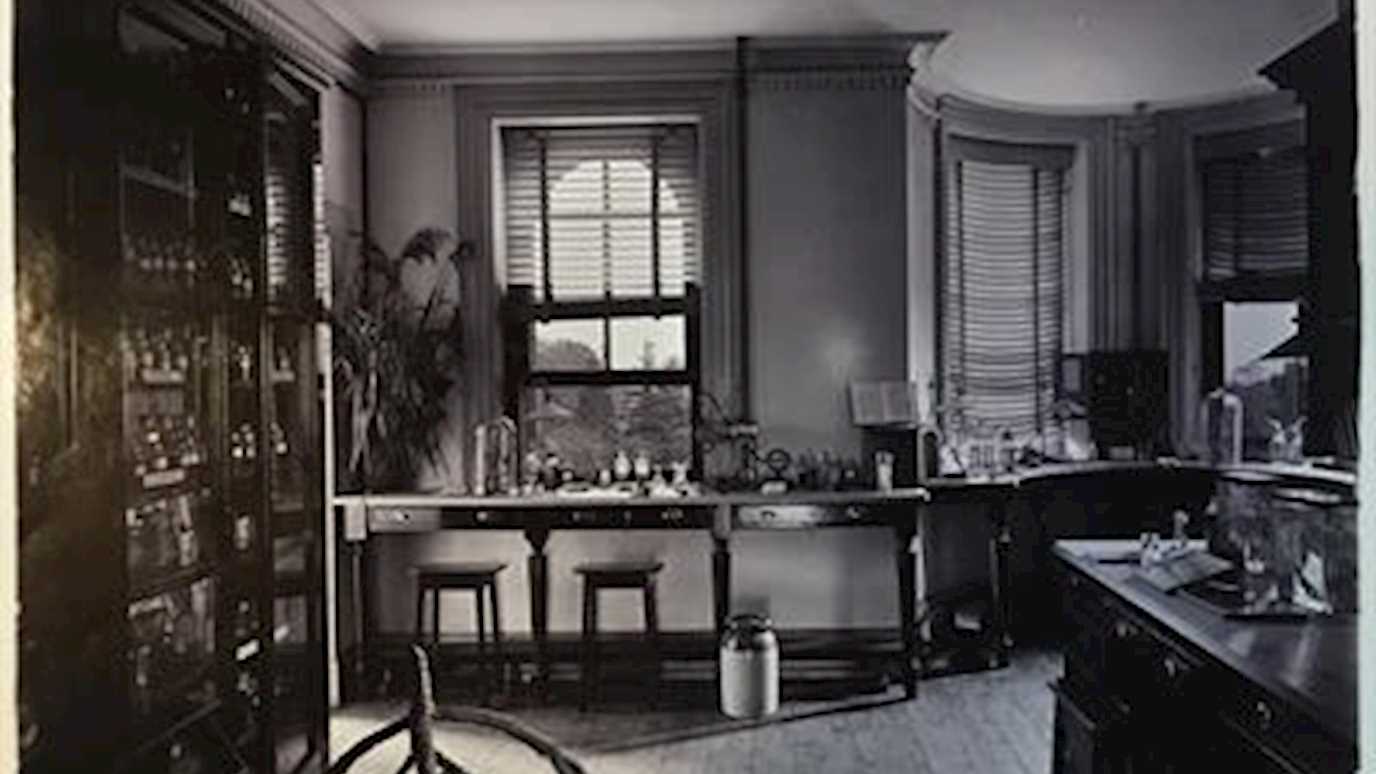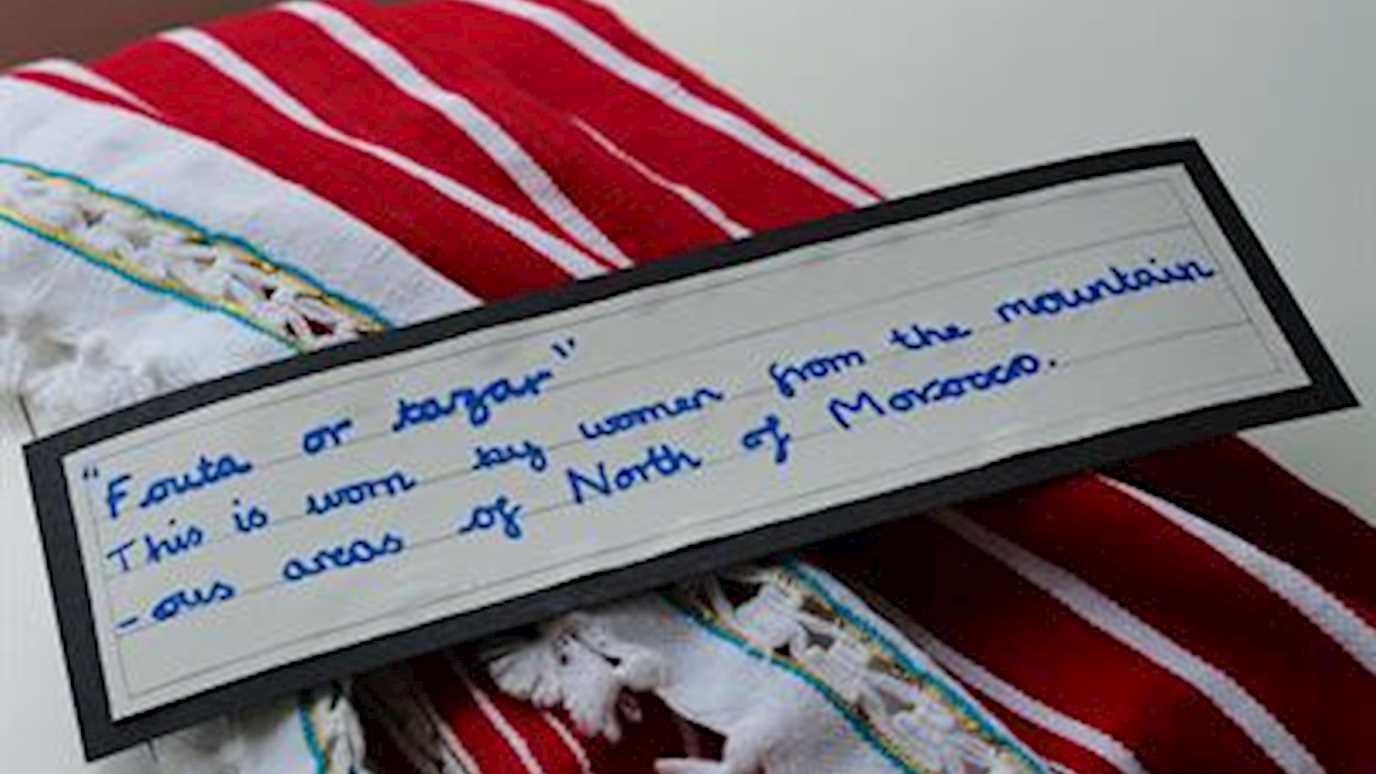Posted on 13/06/2017 by Caroline Cornish
Recently we’ve been looking at donors to the Economic Botany Collection (EBC) at Kew from when it was established in 1847 to the present day, some 170 years of collecting history. What’s been striking is the breadth and diversity of donors, ranging from heads of state to heads of industry, world’s fairs, fellow museums and botanic gardens, and the great and good of botanical science, to mention but a few.
Eleanor Ormerod
When looking at the ‘top’ donors, those who donated most frequently, however, the picture is more homogeneous, with the top twenty all ‘male and pale’ and embedded in colonial networks of government and science. Focussing on names most commonly mentioned in the accessions record risks occluding other less visible histories - for example, the role of lower-status men, women and people of colour in the acquisition of objects. These stories also need to be told; they are complementary to the ‘big data’ and add to our understanding of the complexity of empire and the diversity of the EBC donor base.
In the 19th and early 20th centuries, science was a means of ‘self-fashioning’ for many women, and indeed, women were important audiences for scientific associations such as the British Association for the Advancement of Science (BAAS). Rarely were they paid for their work; their status as ‘gentlewomen’ was contingent on their disinterested approach to scientific research.
Eleanor Ormerod (1828-1901), economic entomologist, donated specimens of insects harmful to plants to the collection between 1874 and 1895. She was a friend of Joseph Hooker and she collaborated with William Thiselton-Dyer on the economic zoology displays at the South Kensington and Bethnal Green Museums. A published researcher, she worked as advisor to the Royal Agricultural Society and the Board of Agriculture, and received many accolades, including the Victoria Medal of Honour from the RHS.
Eliza Brightwen (1830-1906), was a self-taught naturalist who published 6 successful works of popular botany. She socialized with a number of leading names in 19th century science, including William Henry Flower and William Hooker, and she donated a number of objects to Kew’s Museum of Economic Botany, including a lovely willow walking stick.
Mary Sophia Johnston (1875-1955), geologist, was a donor from 1925 to 1954. She sent objects – mainly artefacts - collected on her extensive trips abroad on geological fieldwork and to international geological congresses and BAAS meetings.
Close examination of the records is throwing up the names of many interesting individuals who all helped to build the collections at the Museum of Economic Botany, but we are also keen to recover the histories of those not mentioned, the indigenous intermediaries who provided the local knowledge, linguistic skills and personal contacts which made scientific exploration possible. We’ll keep you posted of our discoveries!
Acknowledgement
The title of this blog owes a debt to Felix Driver and Lowri Jones, Hidden Histories of Exploration (Royal Holloway, University of London, 2009).
























